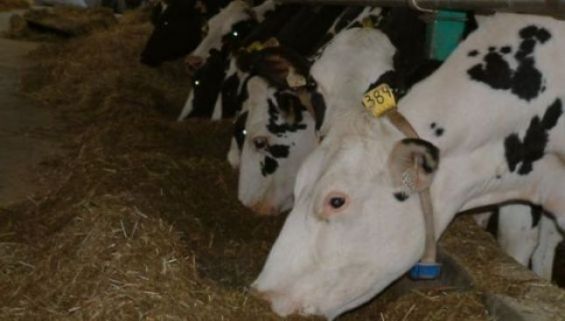Last year, Moroccan veterinary authorities identified a new strain of the foot and mount disease (FMD) virus, a highly contagious animal disease, using nuclear technologies.
According to the International Atomic Energy Agency (IAEA), the use of these technologies has helped the Moroccan veterinary authorities launch successful vaccination campaigns in Morocco. The country is «celebrating a year without any case of FMD», IAEA reported.
These results were achieved with the help of the agency and the Food and Agriculture Organization of the United Nations (FAO).
Indeed, in January 2019, the Kingdom experienced an FMD outbreak, with herds rapidly infected by the virus. To quickly control the spread of the disease, the Regional Laboratory for Analysis and Research in Casablanca (LRARC) used nuclear techniques, which can provide a rapid and precise analysis called genetic sequencing.
«The real challenge for national veterinary authorities was to know whether the outbreaks were caused by the same strain of the FMD virus as the one detected in 2015 during the previous outbreak», said Ivancho Naletoski, Animal Health Officer at the Joint FAO/IAEA Division of Nuclear Techniques in Food and Agriculture.
Shortly after that, the genome of the specific virus was sequenced by the Moroccan veterinary laboratory and compared to the strains and sent to the Animal Health Laboratory (ANSES) of Maisons-Alfort in France.
Once the new strain was identified, the Moroccan veterinary authorities managed to came out with a vaccine and launched vaccination campaigns.





 chargement...
chargement...













